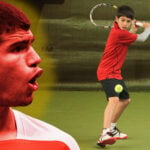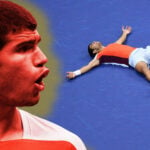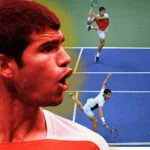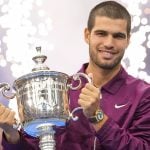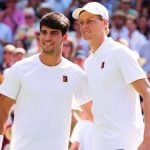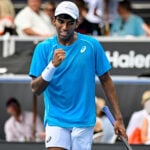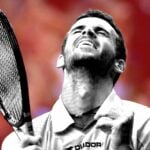The US Open masterclass: How Carlos became an Alcaraz 2.0 by scanning Sinner’s game after Wimbledon loss
The US Open victory wasn’t just a win, it was the culmination of a month-long mission for Carlos Alcaraz, who used a humbling Wimbledon loss to Jannik Sinner as the catalyst for his most “perfect” performance to date.
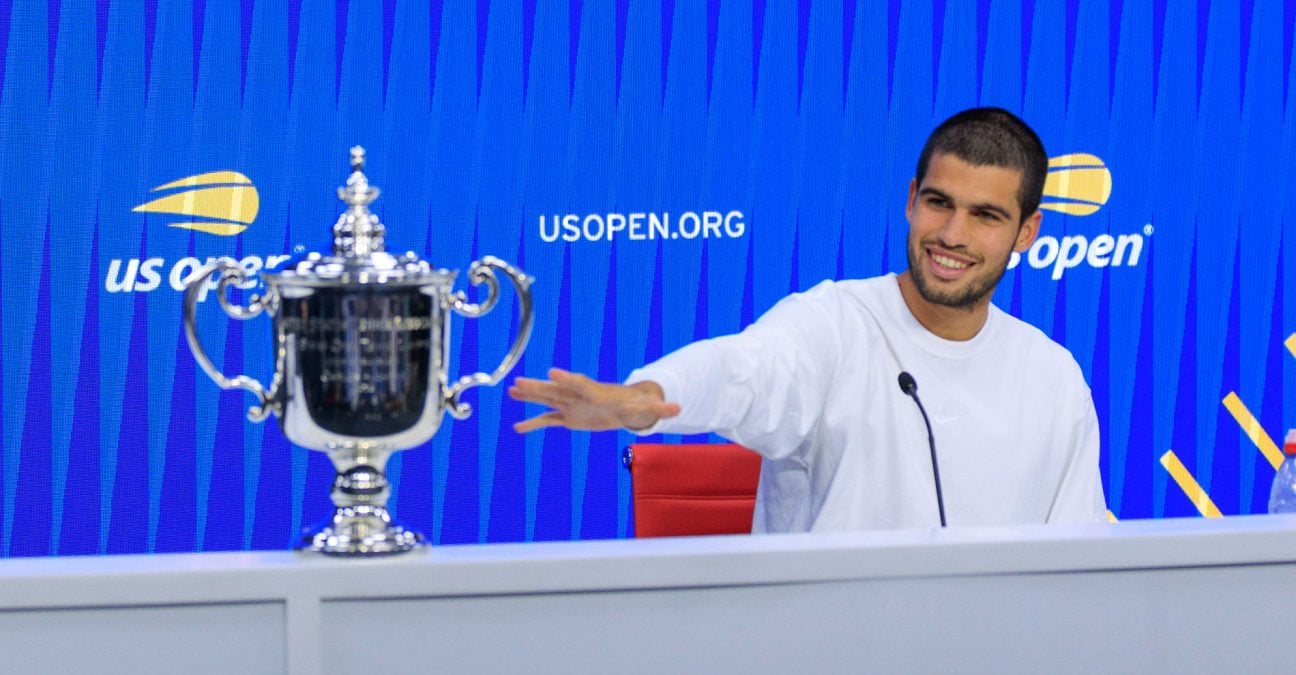 Carlos Alcaraz, US Open 2025 | © Zuma / PsNewz
Carlos Alcaraz, US Open 2025 | © Zuma / PsNewz
When the final point fell at Wimbledon, last July, a silent question hung in the air. Jannik Sinner, imperious on grass, had not just beaten Carlos Alcaraz; he had seemingly disarmed him, leaving the young Spaniard looking for solutions he couldn’t find on the court where he had been a double champion able to dominate Novak Djokovic twice.
What followed was, of course, a week off allowing Alcaraz to pursue his career “his way,” as an insider documentary happened to prove it. But not without, previously, the very evening of the match, a deep thought about what to do now.
This was the moment when the US Open final was shaped. Because it was followed by a month of meticulous work that led to the Spaniard’s sixth major win. It was, as Alcaraz would later say, the best match he had ever played, a performance so complete that even his demanding coach, Juan Carlos Ferrero, could only describe it as “perfect.”
The impact of Wimbledon
This Wimbledon final served as “the best thing that happened to Carlos,” in Patrick Mouratoglou’s own words. For the first time, at Wimbledon, Alcaraz felt “helpless” against Sinner, the coach and pundit said on social media. The Italian was “playing faster than him,” and Alcaraz “couldn’t really hurt Jannik.” It was a profound shock to the system, a “wake-up call for him,” Mouratoglou explained, prompting Alcaraz to realize: “Okay, this guy is starting to be better than me. I can’t let this happen.”
Even on vacation, Alcaraz’s mind was already racing. “Right after the match, I just thought that I need to improve some things if I want to beat him,” Alcaraz said. He and his team watched the Wimbledon final and other recent matches, identifying the precise tactical and technical holes that Sinner had exploited. “We maybe practiced for 15 days, very focused on the details that we have to improve to play against Jannik.”
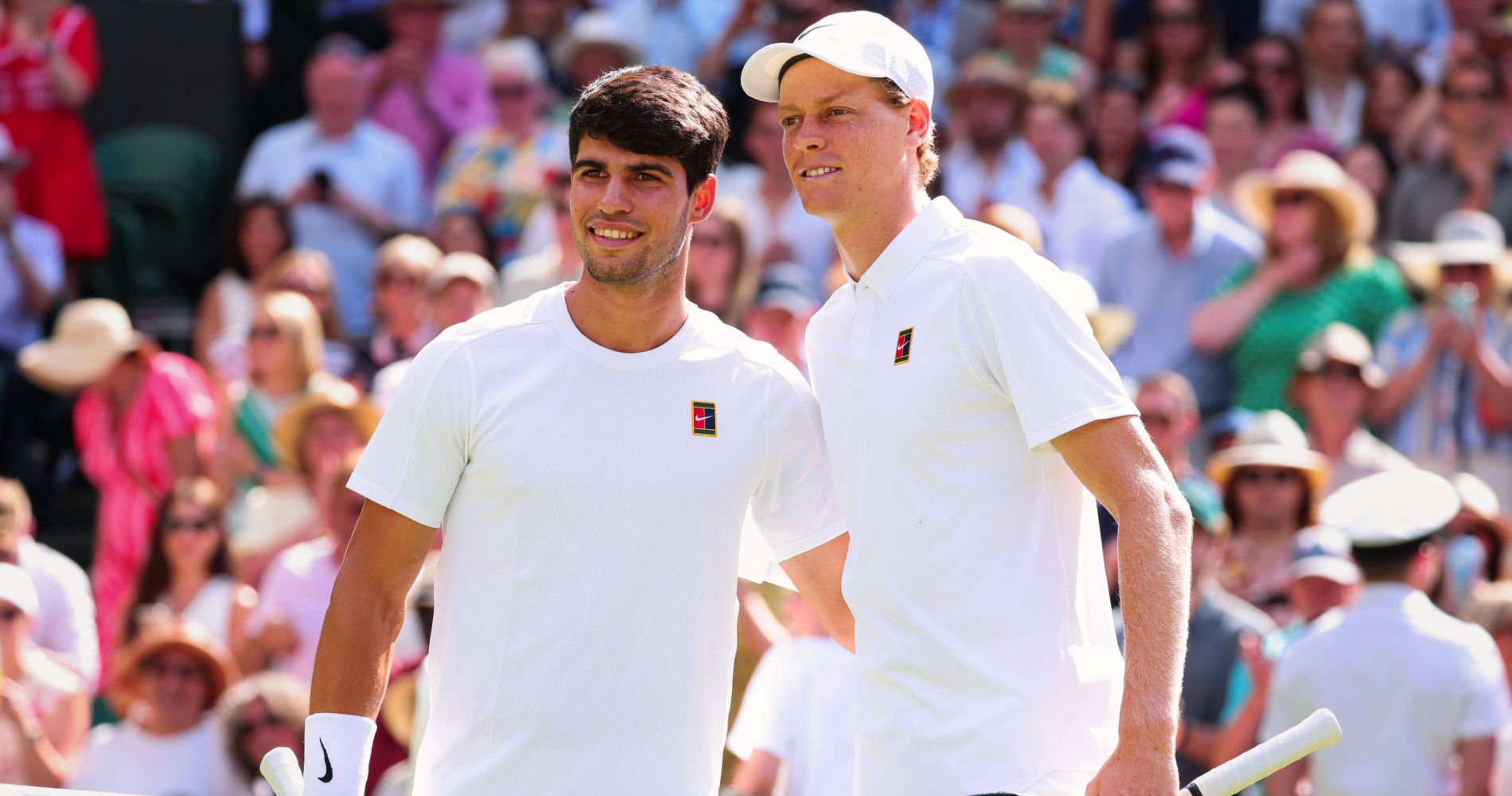
The improvements to be made were specific and surgical. The first and most critical area was the serve. “We realised how important the serve is now, nowadays,” Alcaraz admitted. He was ranked 13th for this shot by the ATP after Wimbledon, now number 9 with a 74.7% first-serve points won rate on tour, but 83% at the US Open. His second-serve points won rate on tour was 57%, which increased to 63% at the US Open. If he keep that in the future, he will be another player.
Alcaraz had been working on his serve since the 2024-2025 off-season, changing his motion, but the defeat in London brought new urgency to the project. The results were nothing short of spectacular. Throughout the entire US Open, Alcaraz was broken only three times, and just once in the final against Sinner. The serve had evolved from a solid shot to an unassailable foundation for his game, providing the confidence to attack.
Alcaraz’s full repertoire
It reminds one of what happened to Rafael Nadal at the 2010 US Open, when he was unplayable on his own games. The point now is to understand if Alcaraz will be able to keep it. Clues will come quickly with the indoor season, Alcaraz being shy on the surface since his breakthrough.
This newfound confidence allowed Alcaraz to reintroduce the “variety” that Sinner had neutralised at Wimbledon. As Mouratoglou pointed out, if you play Sinner “everything at the same rhythm, you will never miss a shot.” But in New York, the rhythm was constantly shifting.
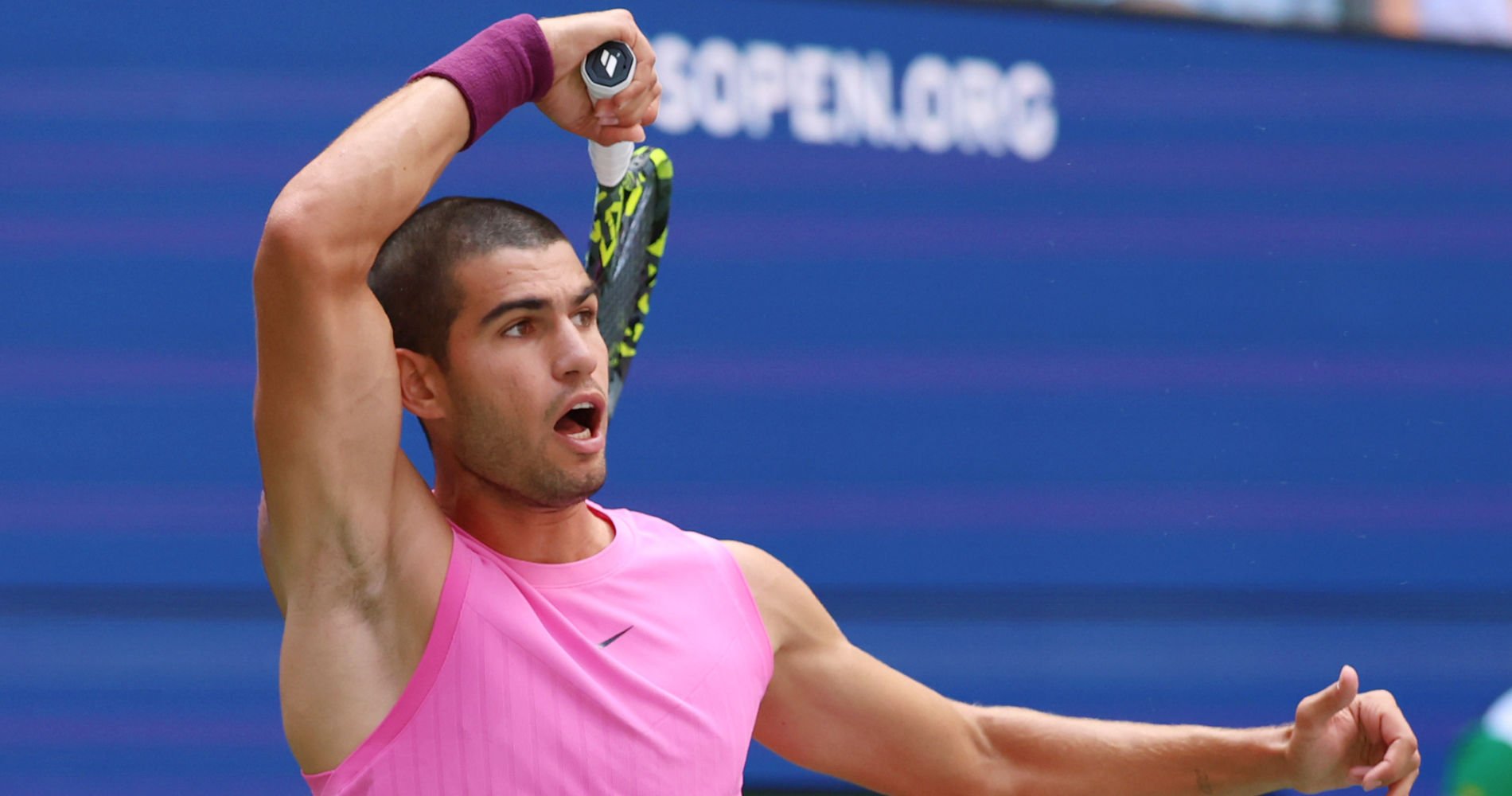
Alcaraz used his full repertoire—slices, drop shots, and powerful topspin forehands—to keep Sinner guessing. This was a key element in the shift between the second set, won by the Italian, and the third, when Alcaraz took the match in charge again. Not more than a few points were needed to leave Sinner puzzled by his opponent’s game and lead him to overplay, much like how the best research paper writers in USA skillfully structure their arguments to keep readers engaged and off-balance.
The tactical preparation was so thorough that Alcaraz himself said he knows Sinner’s “main weapons on his game.” He was not just reacting; he was anticipating. Mouratoglou described it as “the victory of preparation,” noting that Alcaraz “knew by heart the type of tennis Jannik plays.” This meticulous study allowed Alcaraz to read the game, anticipate Sinner’s shots, and hit counter-punches that pushed Sinner to make uncharacteristic unforced errors.
He had this feeling, ‘oh, the guy is too good.’ The problem: ‘a champion cannot think that.
But beyond the technical and tactical adjustments, the most profound change was a mental one. “During that Wimbledon final, Alcaraz didn’t like his attitude. He was closed. He was negative, saying openly to his box that Sinner was too strong. He had this feeling, ‘oh, the guy is too good.’ The problem: ‘a champion cannot think that. You know it can happen that the other guy plays better. But he knows that if he wants to win many more majors, he cannot think the guy is better than him that day. He should think: ‘I’m going to find the solutions.'”
The joy and smile that are his trademarks, which Ferrero noted have been with him since he was 12 or 13, were his secret weapon against the pressure. Facing championship points, Alcaraz was “scared,” he confessed, “but smiling is something that helped me a lot to pull out all the nerves.” It was an ace, like in 2022.
This open attitude was a conscious choice, a way to embrace the most difficult moments in the match. Mouratoglou also spoke to this, explaining that after the Wimbledon defeat, Alcaraz’s team found a better balance between hard work and rest. He took time off after Wimbledon, “and when he came back, he was mentally rested and he worked extremely hard. And during this whole US Open, you could feel he was happy because he had his time off.” No one knows what Alcaraz is currently doing to celebrate. We can bet it won’t affect his tennis when he’ll be back on court.
